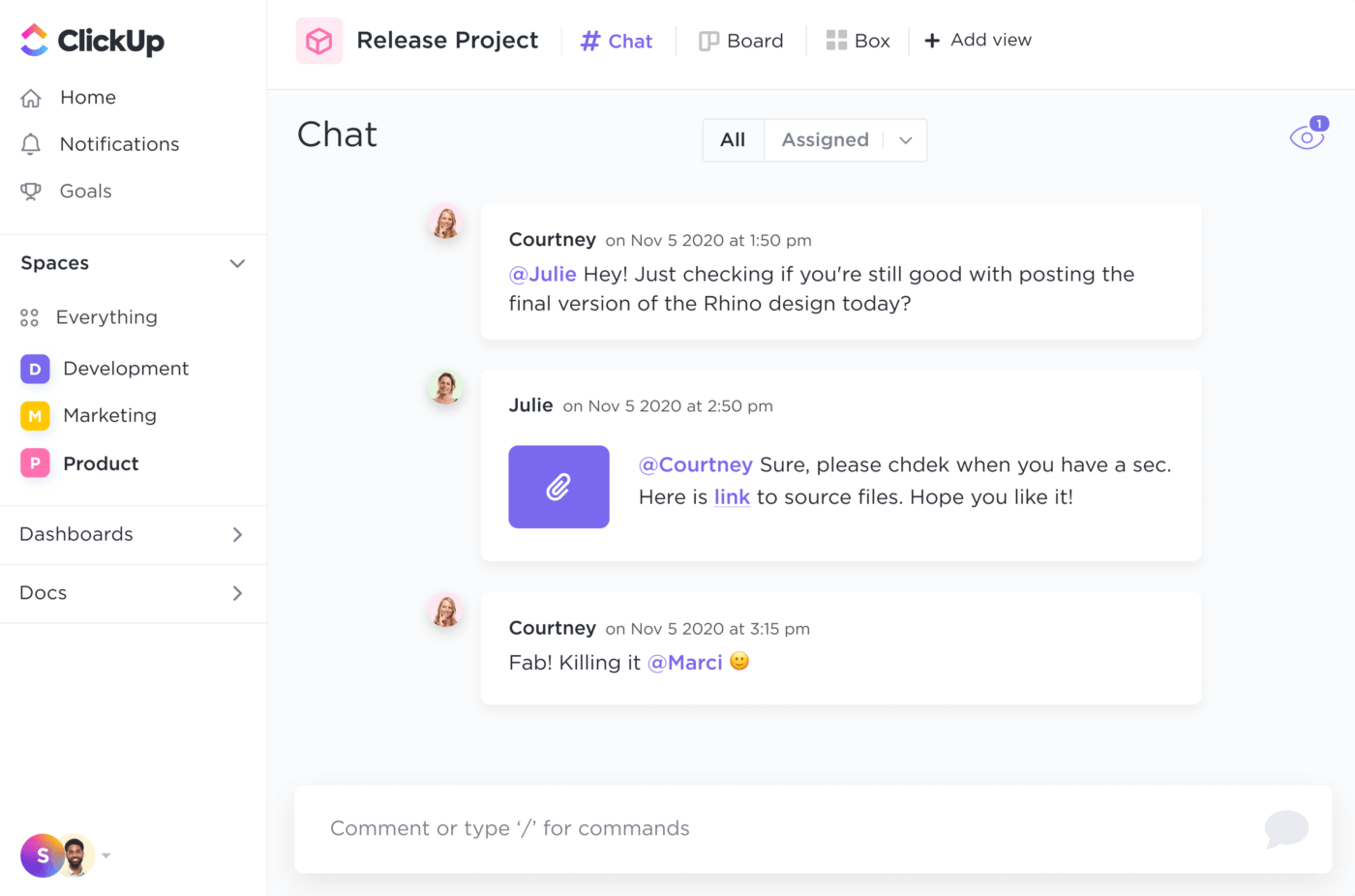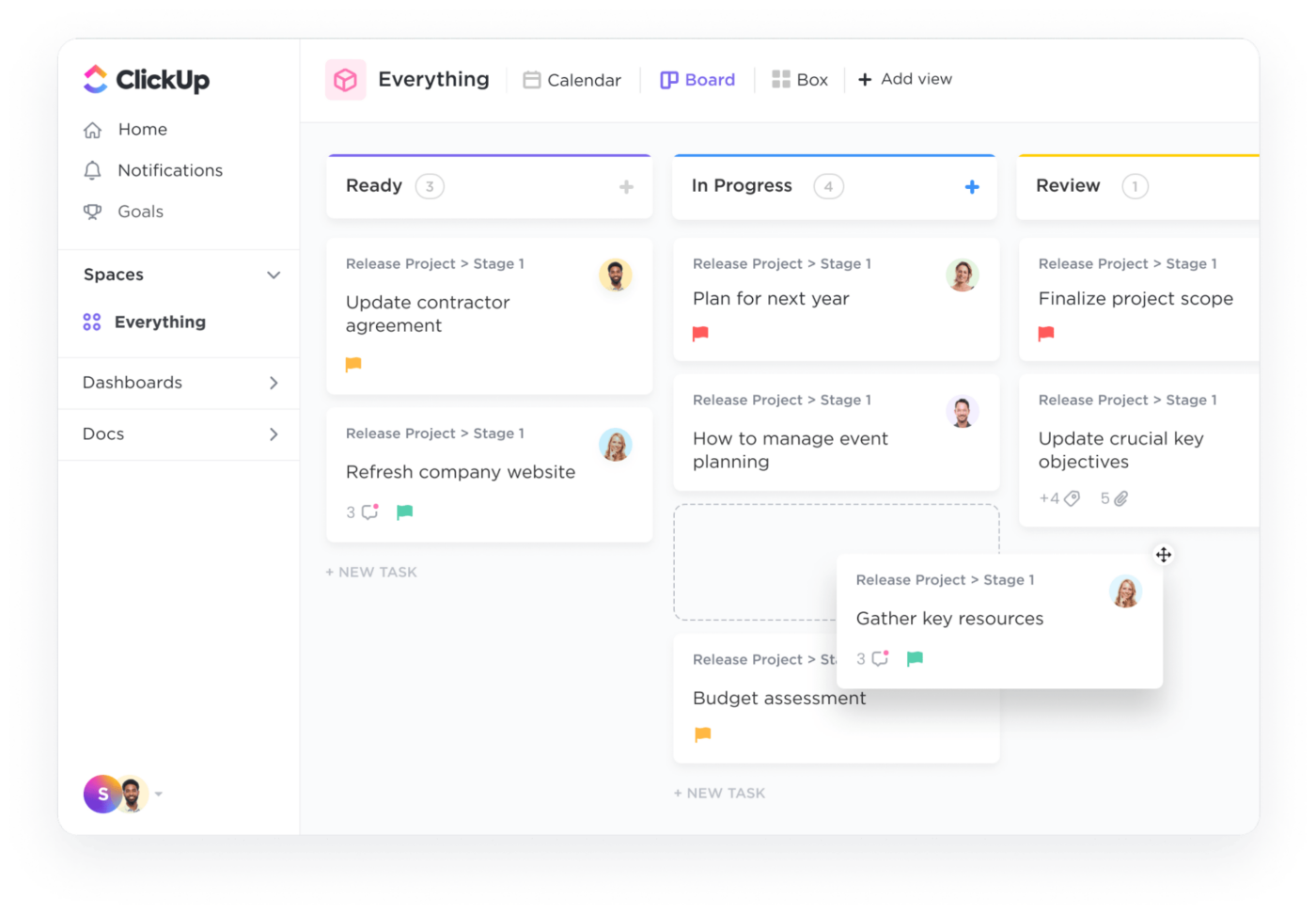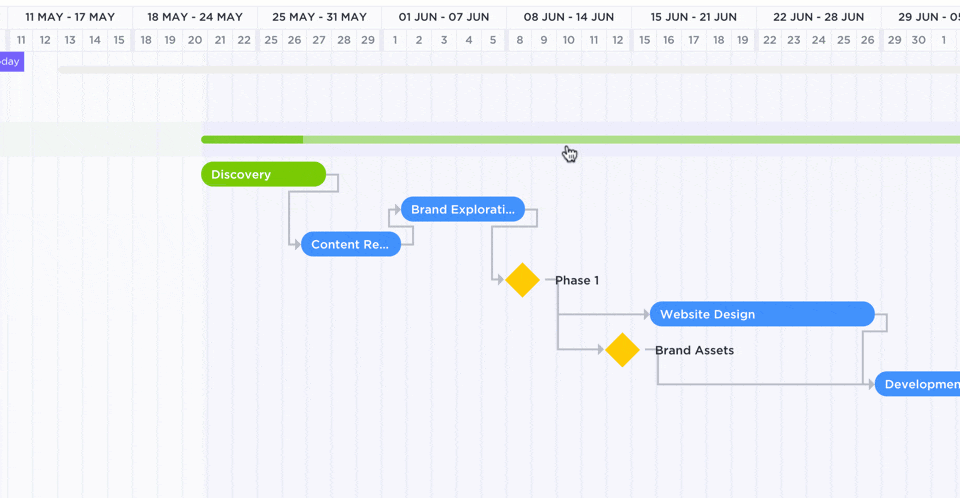The Benefits of Float for Managing Project Changes and Delays

Sorry, there were no results found for “”
Sorry, there were no results found for “”
Sorry, there were no results found for “”
Sep 28, 2022
8min read
Project management can be a daunting task even when everything seems “right” in the world.
Every team wants to successfully meet their deadlines and keep their projects running smoothly. But, even with the most detailed plan, there are often unexpected problems that can put you behind schedule.
This is where float in project management comes in.
By improving efficiency and identifying tasks to prioritize, you can handle any delays or setbacks that might come your way. In short, you can rest assured that your project will meet its deadline.
In this article, we’ll outline exactly what is project management float, its many benefits, and how you use it to keep your projects on target. 🎯
Project management float, also known as “slack,” is the amount of time a project can be delayed before failing to meet a deadline. Usually, this time will depend on what tasks are involved and how much float each one allows.
However, specific tasks may not allow flexibility and directly affect a project’s completion date. Tasks that can not be started before the completion of another task are put on what’s known as the project’s critical path.
These tasks must be completed in a specific order before a project can be finished. Critical path tasks cannot tolerate delays without directly affecting a project’s deadline.
An example of this can be seen in the image below. The four tasks in gray: drywall, cabinets, plumbing and electric, and installing floors must all be completed in the order they appear, and there is no room for delay. They are on the critical path. The other tasks listed (painting and decorating) have much higher flexibility and can be completed at different times. As a result, they have a higher float.

Your project managers are absolute rockstars. They juggle multiple variables, teams, assignments, and a remote workforce in agile environments.
Float gives project managers a bit of breathing space to allow for disruptions and delays in the real world. Float in project management helps project managers to monitor the current timeline of a project and prioritize the most critical tasks.
They can better manage resources and reallocate to time-sensitive tasks to ensure the project is completed on time.
Float in project management does more than simply keep your business afloat. It brings many benefits, from helping you never miss a deadline to keeping your team focused on what needs to be done.
Let’s look at the four top benefits of introducing float to your project management.
Project managers can use float to accurately track how a project is coming along. They can identify tasks that are behind or those that any delays will directly impact. This lets them adjust expectations and deadlines accordingly.
Float serves as a roadmap for the planning phase of any project. Project managers can use any slack or lack thereof to ensure the most time-sensitive tasks stay on schedule. It also helps avoid any oversights when laying out the order of tasks.
Float in project management also serves as a prioritization tool. Projects with time flexibility can be pushed back so the short or no-float tasks can be completed first. Managers can relay this information through built-in team communication features like ClickUp’s Chat view or a platform such as Microsoft Teams Voice.

We all get a case of the “Mondays” (or Tuesdays, Wednesdays, etc., for that matter). Using the right tools for the job can help lift everyone’s mood and make their work lives easier. Project management float gives managers and team members better visibility of which tasks are critical and non-critical.
For example, a project manager can reallocate resources to delayed tasks to ensure the project stays on time. In another instance, they can let any teams affected by any delays know well ahead of time.
There are different types of float in project management. Each one will have its strength and purpose. One might let an individual team know how much slack they have for a task, while another will keep a project manager informed of the current float time still available.
Float in project management falls under several categories, but here are the five different types you’ll see:
The total amount of time a scheduled task can be delayed or extended before affecting a project completion date
How to calculate
To calculate Total Float, you must subtract the “earliest” from the “latest.” This can be either from the start date or the finish date, but both must be from the same chronological side of a task. Don’t mix up early and late, as you will have a serious problem on your hands!
So it’s either:
Total Float = (Latest Start)- (Early Start Or Total Float)
Total Float = (Latest Finish)- (Early Finish)
Free float is similar to total float as far as calculations. The difference is that total float is about project completion, whereas free float is the amount of time a task can be delayed without affecting the subsequent task on the path.
Any delay or extension beyond a task’s free float will directly delay the early start date of the following task.
For example, let’s look at a developer working on contact management software. The backend coding must be completed before the relevant team can begin designing the graphical user interface (GUI).
How to calculate
To calculate Free Float, take the early finish date of the current task and subtract it from the early start date of the following dependent task.
Free Float = (Early Start of dependant) – (Early Finish of current)
The total amount of time an entire project can be delayed or extended before falling behind with a client or customer deadline is known as project float. For businesses, this is most likely the most crucial number to track, but it will require using a platform dashboard to monitor all project-related tasks.

The client may be imposing a time constraint as part of the terms or the deadline is simply the one the company agreed upon. Either way, businesses like yours cannot afford to miss a project finish date.
How to calculate
Project Float is calculated in the same way as the total float. Companies often use the two terms interchangeably, but today we will have a simple differentiation: Total Float is about a single activity or task, while project float is tied to the overall project completion.
To calculate Project Float, we will follow a similar process, but we will first need to know the earliest a project can finish. So this number depends on effective planning of both critical and non-critical paths.
This time, we take the earliest or planned finish date of the project and subtract it from the latest deadline, imposed or committed.
Project Float = (Latest Finish) – (Earliest Finish)
The amount of time a task can be delayed without pushing a project past its committed deadline is Interfering Float. In other words, going past this allotted time will interfere with a project.
When a task is delayed, it can do two things. First, It eats into your total float, which means other tasks have less time flexibility.
This will affect both non-critical and critical tasks. It may also be the straw that breaks the camel’s back, using up your project float so that all remaining tasks are now critical–they no longer have any free float.
Second, it can delay a subsequent critical task. This will result in a project completion delay. The amount of project float left determines whether the project can still be completed on time.
How to calculate
To calculate the interfering float, we take the total float and subtract the free float.
Interfering Float = (Total Float) – (Free Float)
Despite its name, the independent float is concerned with both prior and subsequent activities. It is defined as the amount of time an activity’s start time can be delayed without affecting the earliest start time of any successors.
So independent float is the delay in any project tasks that have no bearing on the early finish date of the project. In that way, this category of a float is truly independent.
How to calculate
To calculate independent float, we take the late finish of the prior tasks and subtract the early start of the subsequent tasks. Then we minus the actual duration of the task.
Independent Float = (Early Start of Subsequent Task)- (Late Finish of Prior Task)- (Total Time of Prior Task)
Float in project management may seem like an approach for large businesses and tech industries like engineering and enterprise microservices. This is simply not the case.
Project management float also works for small-to-medium businesses (SMBs) and industries like construction or just about anything else. Float is a tactic that can be used alongside your existing project management strategies. It’s easy to use with workflow and project management solutions such as ClickUp.

This means it works well with agile tools and methods like Kanban boards, Gantt charts, Scrum boards, and other types of workflow management solutions. Using float in project management will give your PMs an easy roadmap for resource allocation and prioritization.
This is especially true when taking into account dependencies. Dependencies are tasks that either can’t be completed before the completion of a previous task or need to be completed before another task can be started.
With ClickUp, you can create links between tasks and set dependencies, so your team knows exactly what needs to be done next. It’s such an easy concept to plug into your business! Your project management will feel the calming effects of knowing exactly how much slack a project has at all times. And your team will be able to more easily collaborate to pick up any slack and keep your project on time.
Who doesn’t want better project management? Hop on board the project float train and enjoy a smooth and steady ride, whether you are working on an acquisition project or learning how to host a website.
Once things are implemented, you will have a self-correcting system that guides all major project decisions. Team members will love the direction and transparency of project slack.
Should the worst or unexpected occur, project managers can break the bad news to team members and customers as early as possible. This means that disappointment can be ameliorated, and your customer service and success teams can get a head start on any damage repair.
Start implementing a strategy now, and before you know it, you and your team will be celebrating another successful project with a round of after-work root beer floats.
Guest Writer:

Richard Conn is the Senior Director for Demand Generation at 8×8, a leading communication platform with cloud-based call center solutions, and voice, video, and chat functionality.
© 2025 ClickUp